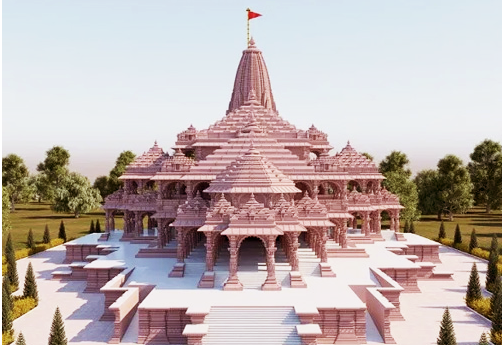The disputed site in Ayodhya, Uttar Pradesh, where the Babri Masjid stood for centuries until its demolition in 1992, is at the centre of the historical and contentious legal controversy known as the Ram Janmabhoomi case. Muslims and Hindus are battling it out for control of the property; the Hindus claim it is the birthplace of Lord Ram and want to build a temple dedicated to him. It remained one of the longest-running battles in India’s legal history has just concluded. The Ayodhya title dispute began with the filing of its first case 134 years ago.
Background:
General Mir Baqi, who served in the army of Mughal emperor Babur, built the Babri Masjid during the 16th century. Tension between communities and religions has long resulted from the contested location. The mosque’s grounds were locked in 1949 when Lord Ram idols were secretly brought within. There were several court cases that followed.
Legal Proceedings:
Supreme Court Verdict (2019):
The Allahabad High Court ruling was appealed to the Supreme Court by the parties who were unhappy with it. On November 9, 2019, the Supreme Court issued a major decision, unanimously approving the construction of a Ram temple at the contentious location. The government was instructed to give the Sunni Waqf Board an alternate five-acre plot for the construction of a mosque after the court recognised the importance of the contested land to the Hindu faith.
Legal analysis of historical, archaeological, and theological data served as the foundation for the Supreme Court’s ruling. It highlighted the value of preserving social harmony while attempting to put an end to a protracted disagreement.
Aftermath:
The Ram temple in Ayodhya started to take shape after the Supreme Court’s decision. In August 2020, the foundation stone of the temple was placed by the government, which established the Shri Ram Janmabhoomi Teerth Kshetra Trust to supervise the built work.
A complex historical and religious disagreement was attempted to be resolved through the legal system, and the Ram Janmabhoomi case resolution is regarded as a major legal milestone in India.
January 22, 2024 is the day that the consecration ceremony for the Lord Ram idol’s placement in the garbhagriha is planned for. Today, the eagerly anticipated temple will be officially opened by Prime Minister Narendra Modi very soon.


